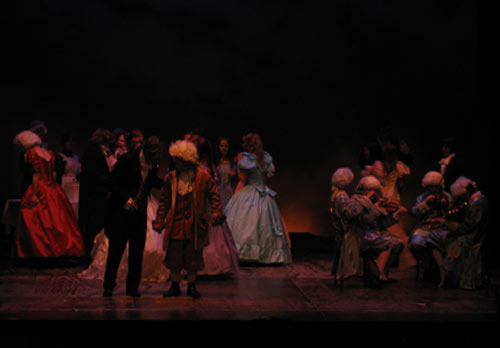
Acting through song.
It’s one of those phrases that gets used a lot in Musical Theatre. But what does it actually mean?
dictated by the text, not where you are in your range.
In essence, the tone of your voice should represent an emotion to the audience, and this should be dictated by the text, not by where you are in your vocal range.
If you look at the lyrics as a monologue, how would you want to express them?
Your vocal technique should facilitate that, not compromise it.
However, composers don’t always write songs in keys that lend themselves to the physical reality of the voice, especially for female MT singers. How often are you required to reach an emotional climax at the point where your voice is just about to make a ‘gear change’? Quite often, actually!
More than any other genre of music, MT requires the singer to blend and mix the voice. Opera always remains beautiful (Bel Canto) and Pop allows all manner of flips and cracks as artistic devices. MT singers must ensure the voice always sounds authentic ie represents the correct emotion.
All well and good, but how?
A great MT technique comes from a solid understanding of the laryngeal mechanisms, and how they can be manipulated. Vocal fold mass, medial compression, resonance effects etc all go into the overall sound. Having independent, isolated control over each of these gives the singer the ability to blend and adapt the sound in very subtle ways.
Every singer’s voice has to obey the ‘laws’ of physiology and change mechanisms at various points in the range. The skilled singer learns to disguise those changes – ars est celare artem (it is art to conceal art).
The ideal MT technique in a nutshell: making different things sound the same.
